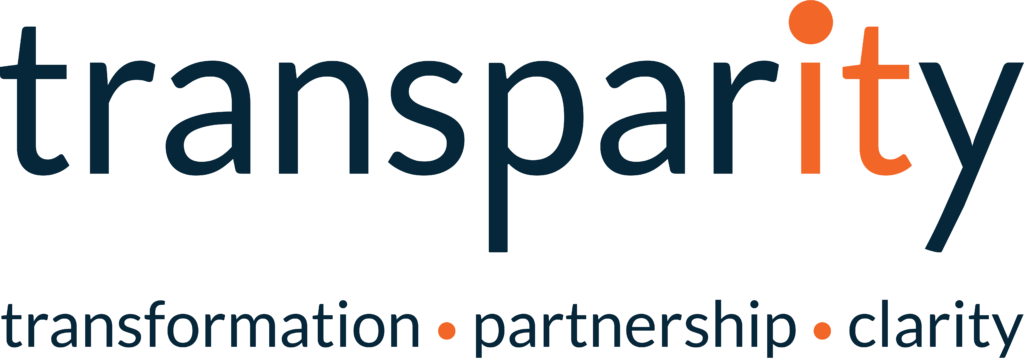Introduction
The Microsoft Ignite conference is now over and as always we were treated to a host of new features across all of the Microsoft products. Going into the event you wouldn’t be blamed for thinking the only subject you would be hearing about is artificial intelligence. AI was of course the centrepiece to Ignite, but amongst the fantastic AI news was also some great new feature announcements relevant to the world of Azure and Infrastructure. In this blog we will cover our top 5 announcements from Ignite.
Copilot for Azure
We knew it was only a matter of time but at Ignite Microsoft finally announced Copilot for Azure. Copilot for Azure is an AI companion IT professionals can use to design, operate, troubleshoot and optimise their Azure environment and workloads. It provides you with the ability to ask questions in natural language and in return Copilot can answer the question, run queries or perform tasks in a safe manner on your behalf. The solution utilises Large Language Models (LLMs) to interpret and analyse Azure Resource Manager (ARM), Azure Resource Graph (ARG), Cost Information, Product Documentation, Support, Best Practice guidance and more.
As Copilot has access to the Azure control plan, it can be used for a host of IT management tasks, including:
- Understand your environment more effectively: Retrieve resource information, author graph queries and analyse costs and understand health events alongside current issues.
- Do more with less: Deploy workloads, build infrastructure, secure and protect accounts.
- Write and optimise code: Generate CLI scripts, author API policies, generate Kubernetes YAML files and discover performance recommendations that include code optimisations.
- Best Practice & Design Information: Learn which services are best suited to your workload, understand security or scaling features and learn more about all features in Azure.
All of the above is accessed via Copilot from anywhere within the Azure portal. It’s worth noting Copilot for Azure isn’t just for your workloads and infrastructure that resides in Azure, it can also be used for Hybrid workloads that are currently Azure Arc-enabled workloads.
An obvious worry for many people looking to utilise this tool would be security and permissions. Providing an AI service with the power to view and manage your cloud IT estate does at first sound very scary but as with many Microsoft products, security is a top priority. When developing the service Microsoft were guided by their AI principals and all features carried out are done within your own organisation’s security, governance and privacy policies. Copilot itself doesn’t have an identity from a security perspective and all tasks performed use the permissions of the current user via RBAC. It’s also worth noting Copilot language models are not trained on your tenant data.
NOTE: This feature is currently in preview and requires sign up.
Azure Migrate New Features
Azure Migrate is a widely used native tool useful for workload discovery, assessment and migration. This essential migration tool also benefitted from a number of new features announced at Ignite:
- App & Code Assessment: This new capability allows you to assess .NET and Java applications at a code level in order to provide you with guidance on how to migrate or re-platform the application. The assessment output allows you to understand an app’s compatibility with target services such as App Service, Spring Apps and more. This is a fantastic new native feature that will provide insights, reduce issues and accelerate your application migrations.
- New Workloads: You can now assess readiness and estimate costs for Spring Web Apps to Azure Spring Apps and also ASP.NET on IIS to App Service Container. This builds upon the current assessment capabilities for VMs, App Service, SQL and more.
- TCO Business Case Additions: Prior to this new update, a business case assessment in Azure was great at showing a predicted TCO for moving workloads to Azure. The problem was it didn’t provide the full picture as it didn’t take into account any management services. As of December 2023 this has now changed, a business case now includes cost predictions for management services such as Azure Backup, Update Manager and Azure Monitor costs. Although this is still not perfect, it’s a great step towards a reliable TCO prediction.
This is one of the biggest updates we have seen to Azure Migrate in some time and it’s really good to see Microsoft continue to invest in such an important tool.
Virtual Machine Hibernation
This isn’t one of the most groundbreaking announcements at Ignite, but it could be one of the most utilised. A common way to reduce and optimise costs for Virtual Machines (VMs) is to deallocate them when they are not used in order to save consumption costs. Automating the shutdown and startup of VMs including those used for VDI purposes is an extremely common task in Azure. The issue with deallocating a VM is loss of the VMs in-memory state meaning all services and apps needing starting again from a clean boot.
Microsoft have now announced the availability of Virtual Machine hibernation. By hibernating a machine it still deallocates the VM to save costs but it also persists the in-memory state meaning, when the VM is later started, all the apps and processes will resume from their previous state. It performs this task by signalling the OS to perform a suspend-to-disk operation at shutdown which stores the VMs memory on the OS disk.
One obvious use case for VM hibernation is the ability to prewarm machines that have long startup times so they can be quickly started and be ready when required. VM Hibernation can also be used for Azure Virtual Desktop (AVD) and Citrix DaaS for Azure. The AVD option is where we think hibernation is a great use case. In AVD we now have the ability to start and stop personal desktop session hosts automatically via Scaling Plans. We now have the Hibernation option in Scaling Plans instead of Deallocate. This means when the VM starts up the next day, all the users apps will be open and exactly where they left them. Cost savings and increased productivity all in one simple update.
Hibernation is available in all public regions for General Purpose Intel and AMD VM sizes running both Windows and Linux.
NOTE: As with VM deallocation, VM hibernation only saves on VM costs, you will still be charged for disks and networking resources such as Public IP Addresses.
Azure Chaos Studio
Azure Chaos Studio is a managed service that uses chaos engineering to purposely inject faults into an application or infrastructure to better understand the resilience of an application. Traditionally, chaos engineering and this type of fault injection is something that was largely done against code by developers. Azure Chaos Studio takes that further by enabling you to inject faults into the infrastructure so you can test an app’s resilience against a real-world fault.
Some example fault injections you can use include:
- Increase CPU and Memory pressure
- Stop Windows or Linux Service and Kill processes
- Create DNS Failures
- Increase network latency, disconnect networks or increase packet loss
- Shutdown Virtual Machines, App Services and Databases
- Load testing
You can already start to see how useful the fault injections will be when looking to test an application’s resilience. You also have the ability to integrate the service with Azure Monitor, Application insights or Log analytics to visualize your experiments and results.
Microsoft Azure Chips
Rumours have been going around for a while but at Ignite Microsoft confirmed they have been working on their own silicon chips. Microsoft announced two new chips, the first is Microsoft Azure Maia which as an AI Accelerator chip designed to run cloud-based training and inferencing for AI workloads. The second is Microsoft Azure Cobalt, a cloud-native ARM architecture chip optimised for performance and cost effectiveness for general purpose workloads. Custom silicon from Microsoft makes perfect sense as the usage of AI starts to skyrocket, it’s worth noting Microsoft are not turning their back on their current silicon providers, in fact they have recently extended their partnerships with AMD to provide new VM sizes fit for AI.
Additional Announcements
In addition to our top 5 announcements, Microsoft released a few more features we think deserve a mention:
- AVD: Auto-Scale for personal desktops and support for SSO and passwordless authentication
- VMSS: You can now attach a VM to an existing Virtual Machine Scale Set
- SQL Managed Instance: Start / Stop SQL MI when not used to save on billing
- Private Subnet: Create subnets that prevent insecure outbound Public IP creations
As always Microsoft released a host of other new features, for more information check out the official Microsoft Ignite 2023 Book of News. If you want further information or you think one of the features listed in this blog is useful to your business, then feel free to reach out to the Azure Cloud Experts at Transparity who would be happy to discuss any new feature.




